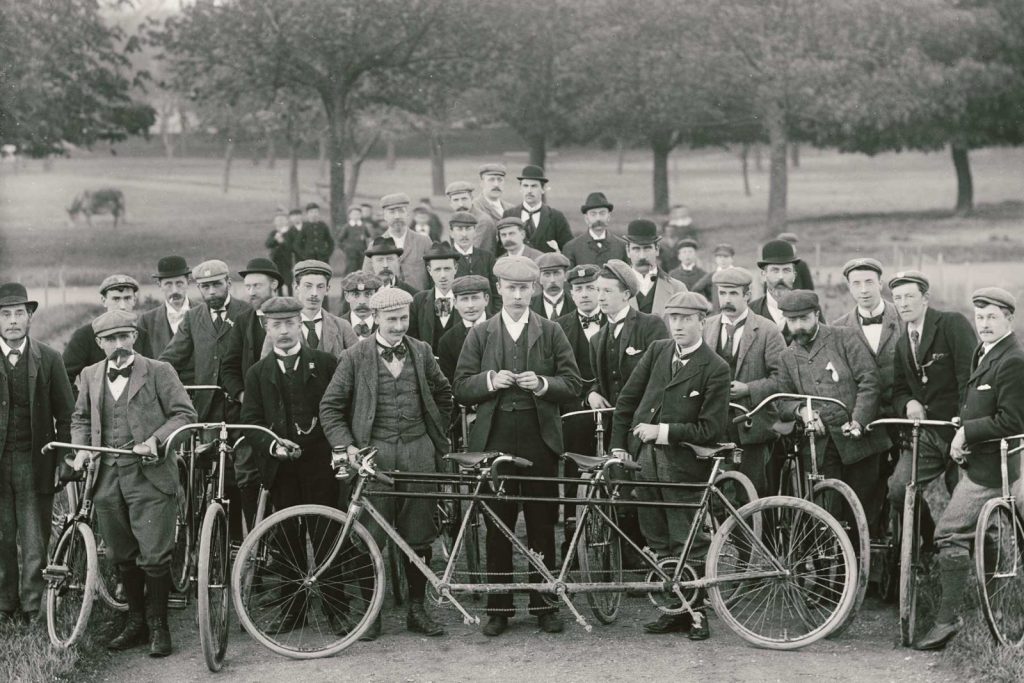
Let’s face it: we live in a world where we are surrounded by distractions. At any given minute, there are what feels like more than one hundred phone calls to make, thousands of people to chat with on Facebook, and over a million emails to respond to. Sometimes, it seems impossible to get it all done…and oftentimes, that’s because it is.
One of the most essential skills I’ve learned in the business world is the art of time management. It’s not easy to manage all those meetings, projects, tasks and interruptions, but luckily I’ve had the luxury of learning a few tips that have helped me navigate through the mess. The team at our advertising agency hopes that the following 8 simple time management tips to help you boost your efficiency help to make your daily grind a little less taxing.
1. Figure Out How Long Things Really Take
Notice how sometimes things we think we can get done quickly tend to take much longer, and we find ourselves wondering where the time went? For one day, walk around with a stopwatch and time yourself doing everything you do on a regular day. How long does it take you to brush your teeth? How long is your commute? How long does it take you to go into Starbucks and get your morning latte? Once you figure out how long things really take, you can be more realistic about how much time you need to set aside in your day…and where to trim the fat from your daily schedule.
2. In One, Out One
You may have heard this concept before. The idea is that if something comes in (for example, a new pair of shoes), you have to get rid of one of the same thing (in this case, a different pair of shoes). This will keep your clutter to a minimum and will prevent you from getting overloaded with junk.
While this may be a rule for personal organization, it also relates to business organization in that every time you get a new business tool, it’s time to get rid of an old one. Some companies use multiple CRMs, project management tools, and pipelines, but don’t use any of them very consistently. Get rid of all those tools, documents and internal projects that are simply causing clutter.
3. Everything Has One Home, and One Home Only
How long does it take you to save a file to the right place? Ten seconds, max? Yet for some reason, we’re often apt to save to our desktops or some other place where the file doesn’t belong, only to spend hours looking for that document later on.
[quote]Searching for lost documents is one of the business time-wasters, even at the executive level.[/quote] By ensuring everything has one home, you’ll always be able to find what you need when you need it. But, this doesn’t apply only to computer files. You can also apply it to things around your house like keys and shoes, and to items at the office like supplies and paper documents.
4. Be as Paperless as Possible
Speaking of paper documents, one of the best ways to reduce clutter is to be as paperless as possible. Who here hasn’t spent hours searching for a single copy of that one important document that you intended to take home and read over the weekend? Invest in an iPad and make sure you’re applying the rules above to manage your documents, and watch all your paper clutter disappear.
5. Manage Your Calendar to Budget for Every 15 Minutes of Your Day
There’s rule we have around the office, which is that if we budget for it, it’ll happen. This doesn’t only apply to projects that require funding, but it also applies to time: if you slice out time in your day to address certain things, you can be sure those will get done. Many people do this the night before so they can make sure to assign time to address each outstanding item.
If you’re having trouble sticking to this schedule, then try to set up working meetings with colleagues to help keep you on task. In the same way that going to the gym with a friend can help motivate you, working with someone else on a defined task can help keep you in check.
6. No Agenda, No Meeting
Early on in my career, I found that meetings tended to derail pretty quickly. So, I started forcing people to provide meeting agendas, which helped us stay on task and cover the areas needed. Along this line, I also didn’t wait until the end of the meeting to instruct someone to send a recap with next steps. Rather, I assigned someone to send this recap at the beginning of the meeting, and worked to ensure this task was complete before the meeting’s conclusion. I’ve found that these two steps seem to make meeting time much more productive.
7. Don’t Underestimate the Power of “Yes”or “No”
How often do you spend too long drafting a lengthy response to an email that you could have just answered with “Yes”or “No”? If you think about it, you’ll probably find it’s more often than you think. In 99% of these cases, “Yes”and “No”are fine responses.
8. Use Email Subject Lines to Convey Messages
If you’re only listing a short message or response, include it in the subject line. That way, you don’t even have to send a full email, and the person reading can simply look at their inbox to see the response. This saves time for both the sender and the reader. The first time you use this trick with a new person, be sure to write “EOM (End of Message)”so that the person knows the message is complete in the subject line, and then you can use the acronym EOM at the end of subject line responses in the future.
We know that demanding jobs can thwart our ability to manage time, but the good news is that that doesn’t have to be the case. Contact us today to learn more about making the most of your limited time!


